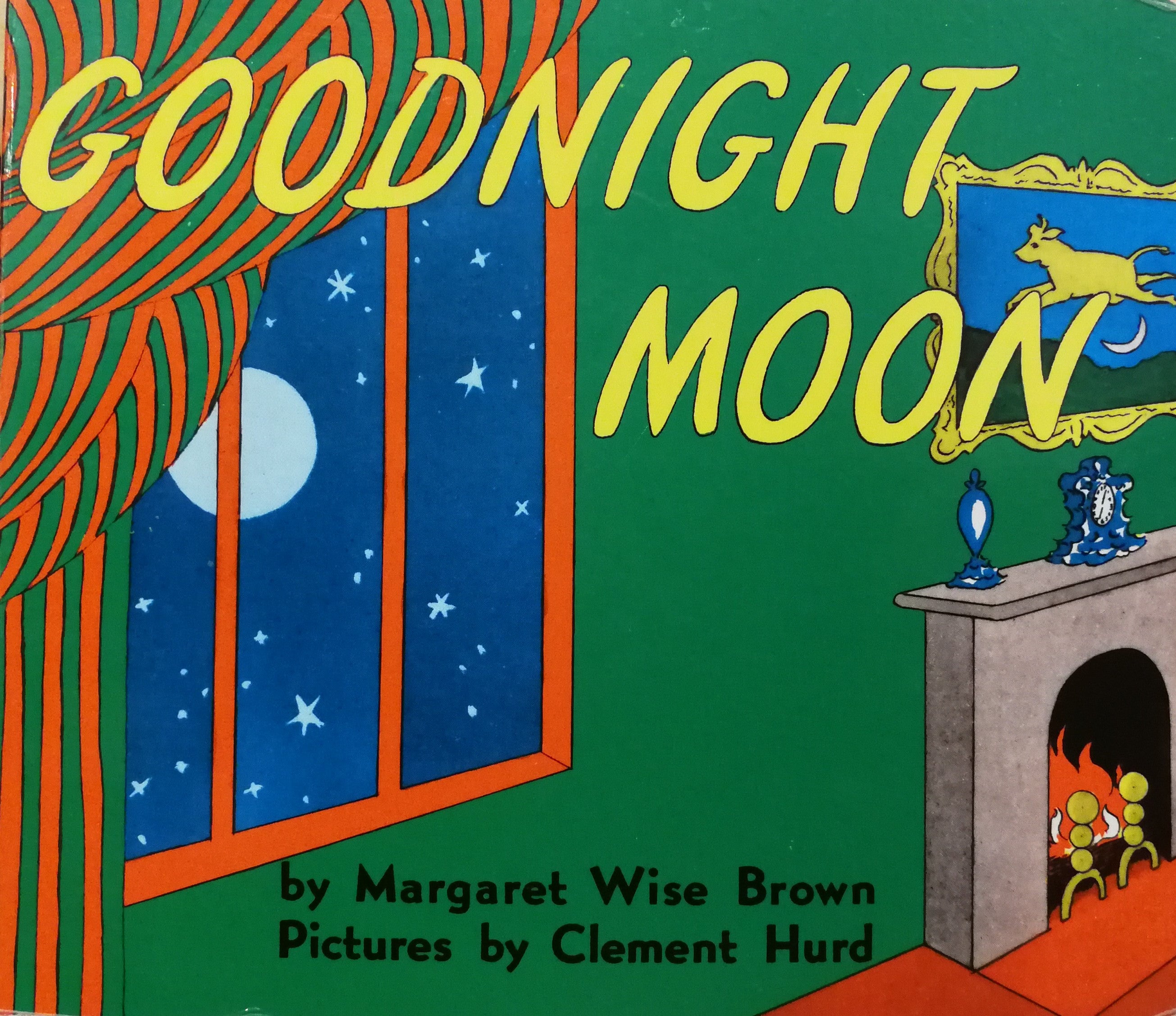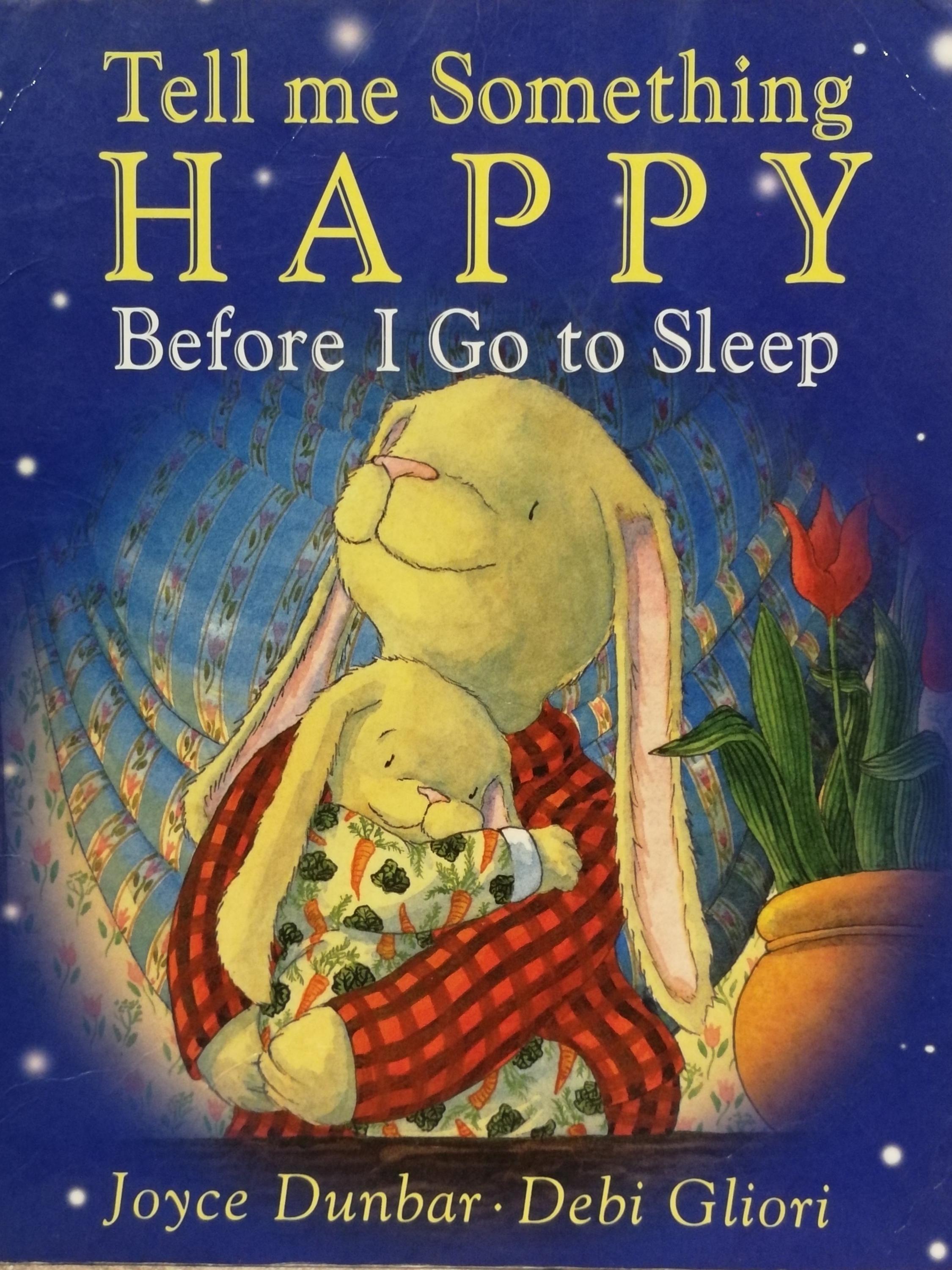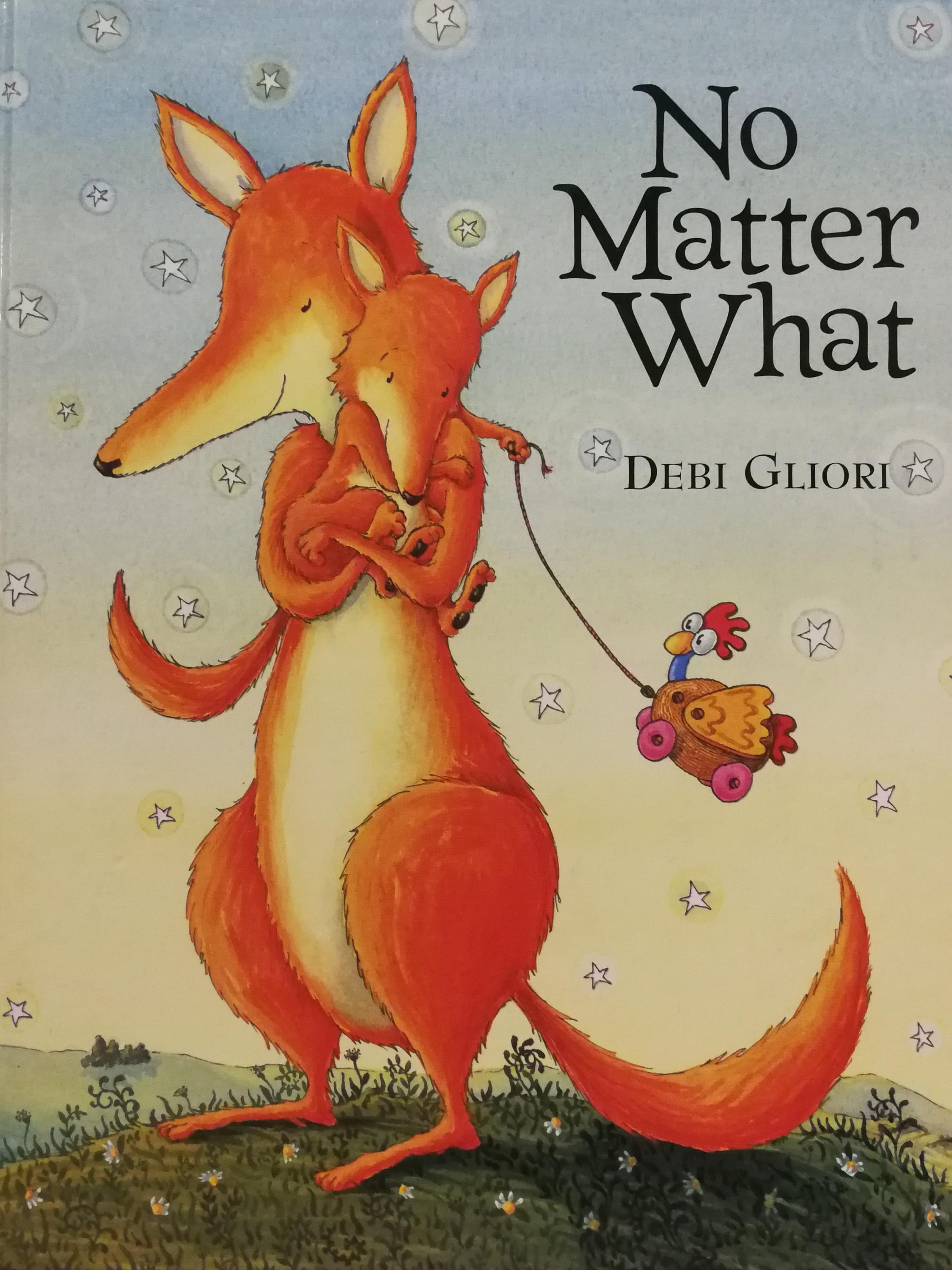Take a minute and think back to when you were a little kid. Did you have a favourite book? Was there one story that your parents had memorized because you asked for it to be read so often? These short stories for tiny people might appear simple and easy to write; however, I would argue they take a great deal of skill to create. The authors breathe life into colourful characters of all shapes and sizes, and for that, they deserve some credit and applause. February 1-7 is Children’s Authors and Illustrators week, and so I would like to use this post to celebrate a few special books, and their creators, from my early childhood.
Eric Carle

This wonderful artist is a necessity in my tribute to authors of my childhood. The Very Hungry Caterpillar is a staple for readers of all ages. If you have never read this book, go read it. I’m serious; it’s so cute.
If you don’t know the premise, the book follows a hungry caterpillar that eats through many different foods, makes a chrysalis, and becomes a butterfly. It is a classic coming of age story for all the lovely insects in your life. However, this book is so much more than just a narrative. The writing is simple, but the young reader learns about the life cycle of a butterfly, counts to five, and engages with the vibrant and funny character of the caterpillar.
This book also features Carle’s phenomenal artwork. The colours and patterns never fail to astound me. He essentially paints large sheets of paper in an abstract style and then cuts the paper into the shapes needed to make the pictures. Between the simple writing and the gorgeous pictures, the caterpillar comes to life brilliantly and the reader is drawn into the story. If you think about a young child in your life (or that you’ve met in the past) you can probably see why this book is so popular already. Additionally, kids love to explore with their hands and this book caters to that as well. There are holes in the pages to show where the caterpillar ate through the one apple or the four strawberries that are just the right size for small fingers. The book encourages young children’s natural curiosity for how the world works and their desire to learn things with their hands, while at the same time giving people of all ages something fun to look at and read.
Margaret Wise Brown

The poetry is relaxing and predictable. As a reader, we learn that inside the great green room there is a red balloon, a pair of mittens, a dollhouse, and a bowl of mush, among other things.Then once the introductions are complete, the bunny wishes everything goodnight. The rhyme scheme and rhythm feel as simple as breathing, a fitting feeling for a book about bedtime. The story becomes a bedtime story and a lullaby all in one.
I can’t remember what exactly I loved so much about this book, but I have some ideas. Maybe I liked how the story relaxed me or how it was easy to understand. Maybe I liked how predictable it was so that I could follow along or “read” the story on my own. Maybe I just liked that there was a bunny saying goodnight to things (this becomes a theme. Keep reading to learn more). There’s also a possibility that I wanted it read for the moment when the bunny says “goodnight nobody”. I’ve always been a sucker for a good plot twist and this one was definitely a favourite. I wonder if my love of relaxed poetry stemmed from this story. Whatever it was about this book that drew me to it initially, the simple and relaxed rhythm is what I appreciate the most now. No matter how many times I read it, this book will never get old. I think that timelessness demonstrates what a classic this story is and what a skilled author was behind its creation.
Debi Gliori & Joyce Dunbar
If you’re looking for something feel-good, look for Debi Gliori. Two of my favourite books as a slightly older child were Tell Me Something Happy Before I Go To Sleep (Written by Joyce Dunbar, Gliori is the illustrator) and No Matter What (written and illustrated by Gliori).


No Matter What is about as close to perfect as you can get if you’re trying to show your unconditional love for someone small. The book follows a conversation between two foxes, Large (the parent) and Small (the kid). Small states that they are “grim and grumpy” because they think Large doesn’t love them.
The book continues with Small asking if Large would still love them if various things happened and Large patiently reassuring Small that they will be loved “no matter what”, even if they were a squishy bug or a crocodile. Large reassures Small that love does not break or end and that it reaches far away, just like the light from the stars.
Whether or not these particular books were part of your life growing up, I hope that this post has led you on a trip down memory lane or given you a look into the window of your past self. Was there a book that came to mind while you were reading? If so, find the book at home or sign it out at the library and read it again. Take it home and share it with your roommates, or sign out a few other kids’ books as well and tell the librarian you’re babysitting. Who knows? Maybe you’ll find a new favourite.